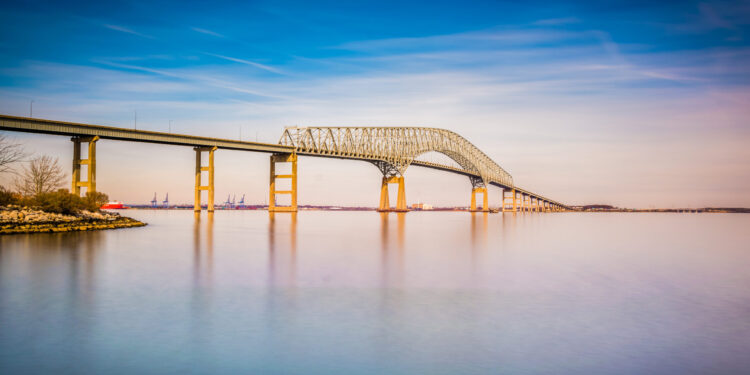On Monday, May 13th, the container ship Dali, which caused the collapse of Baltimore’s Francis Scott Key Bridge in March, was finally freed by a carefully orchestrated use of precision explosive charges. This event marked a critical step in reopening the Port of Baltimore, which had been significantly disrupted by the incident.
The collapse occurred on March 26th, when the 940-foot Singapore-flagged ship lost power and drifted into the bridge, which is a major artery into the harbor where the Patapsco River meets the Chesapeake Bay. The accident resulted in the bridge’s destruction, obstructing vessel traffic and tragically killing six workers who were on the bridge at the time.
Maryland Governor Wes Moore, at a news conference, highlighted the strategic importance of creating a new channel, 50 feet deep and 700 feet wide, to be completed by the end of the month to facilitate the full resumption of traffic to the port. The incident forced the immediate creation of alternate shipping routes to manage basic shipments, with over 365 commercial vessels directed through these new channels in the past seven weeks.
The operation to remove the bridge span from atop the Dali was meticulously executed, resembling more of a precision-engineered demolition process than a dramatic explosion. The controlled detonations were successful, causing only minor smoke and flames, and efficiently freeing the ship from the wreckage without further incident.
The removal efforts were closely monitored by a unified command consisting of the Army Corps of Engineers, the Coast Guard, and the Maryland State Police, among other authorities. The operation was deemed a success, with Coast Guard Rear Admiral Shannon Gilreath and Captain David O’Connell confirming that the blasts went “according to plan,” with no injuries reported among the Dali’s 21-member crew who remained onboard during the operation.
Following the bridge’s dismantlement, the debris was methodically cleared with cranes and vessels, which were planned for recycling. The full removal of the ship and the bridge structure was expected to take an additional two days, with the aim of completely reopening the port by May 31st.
This incident not only underscores the critical importance of maritime safety and infrastructure resilience but also highlights the capabilities of emergency response teams in managing complex logistical challenges under pressure. The successful resolution of this crisis is a testament to the effective coordination among various federal and state agencies.










